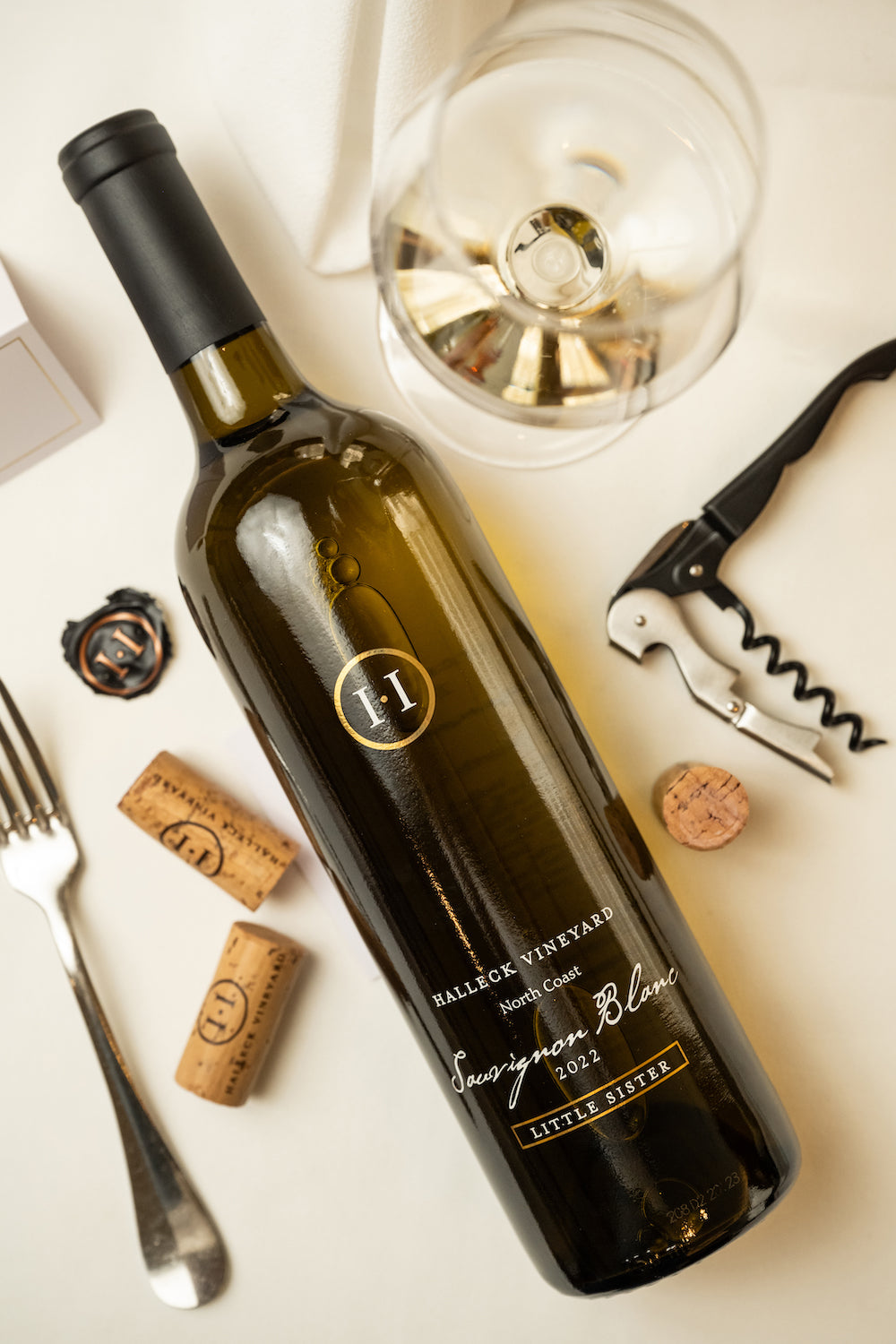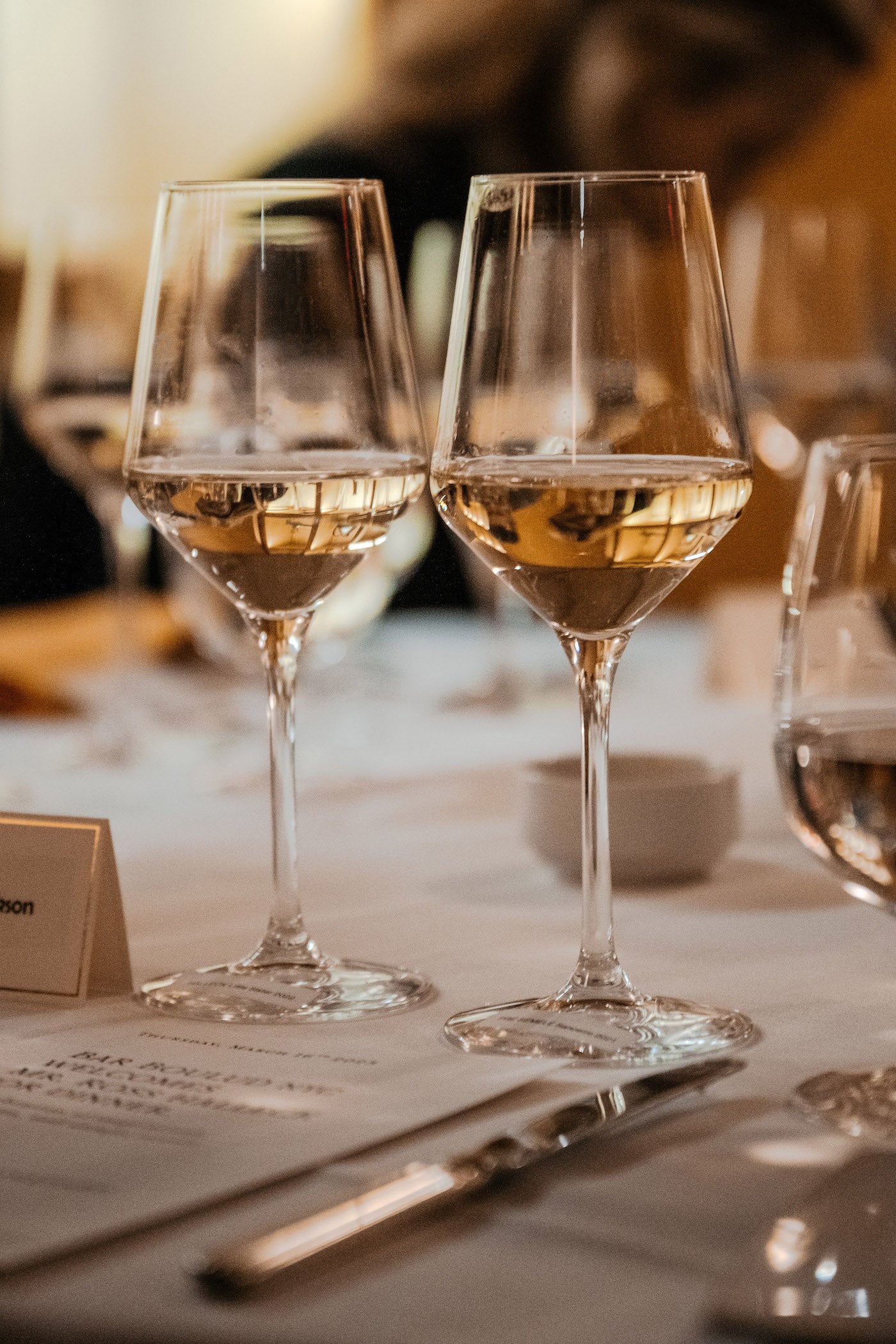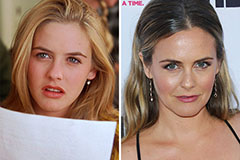Charming Wineries With Views In Sonoma Valley - Tasting Experiences In Sebastopol Vineyards
Visiting a winery for a wine tasting could be a fascinating experience, particularly when you know how to maximize the opportunity with tasting notes. These notes serve as a guide to understanding the complexities of the wines you sample and help in forming a deeper connection with each pour. Utilizing tasting notes can transform your experience, allowing you to savor not just the taste but also the story behind every bottle.
Each wine has a unique profile influenced by grape variety, terroir, and winemaking techniques. Understanding these components can improve your appreciation of the wine. When you're given a tasting menu or a flight of wines to pattern, take the time to read through any descriptions provided (Quaint Wineries In Picturesque Settings In Sebastopol). This preliminary overview can set the tone and expectations on your tasting experience.
Start your wine tasting by observing the wine in your glass. The color can reveal lots in regards to the wine’s age and varietal. Take notes on the hue, readability, and viscosity. A well-structured tasting note often consists of this visible assessment because it varieties the foundation of your analysis. Whereas it may appear trivial, the visible aspect is essential in wine tasting.
Wineries That Offer Barrel Tastings - Discover Sebastopol's Wine Scene
After your visible assessment, it is time to take a mild whiff. Swirl the wine in your glass to aerate it, releasing its aroma. This is where tasting notes turn into notably valuable. Make notes in regards to the totally different scents you detect—fruits, spices, or floral hints. Identifying these aromas will allow you to put words to the intrinsic complexities of the wine you would possibly be sampling.
The next essential step is the tasting itself. Take a small sip and let the wine roll over your palate. Note the flavors you experience. Are they candy or tart? The Place does your palate detect each flavor? Some wines may present immediate sweetness adopted by a tannic end. Use your tasting notes to document these layers, making a roadmap of your sensory experience.
Think About also the mouthfeel of the wine as you taste. Is it easy, crisp, creamy, or maybe tannic? This textural quality significantly influences the overall enjoyment and impression of the wine. Observing the mouthfeel can reveal the standard and craftsmanship behind the winemaking course of.
It's helpful to match totally different wines as you taste them. If you're sampling a flight with contrasting varietals, make a note of the variations you perceive. How does the acidity vary from one wine to another? Which wine feels fuller, and which is extra refreshing? This comparative train deepens your understanding and helps sharpen your analytical skills.
Spectacular Vineyard Views In Sonoma - Sonoma’s Lush Vineyard Landscapes

Engage with the winery employees whereas tasting. Knowledgeable hosts typically share insights about the vineyard's history, the particular vintage, or the winemaking philosophy, enriching your appreciation of the wine. Don't hesitate to ask questions that pique your interest primarily based on your tasting notes. Many hosts take pleasure in discussing their wines and might offer a wealth of data that isn’t available from printed supplies. Unique Wine And Food Pairings In Sonoma.
Maintain in thoughts the seasonality of wines as you taste. Completely Different wines evoke varied moods and pair properly with distinct culinary experiences. Take notes on the way you might take pleasure in a selected wine with food. This not only provides context to your tasting notes but additionally aids future selections and purchases.

Another helpful tip whereas using tasting notes at a winery is to report your impressions immediately. As wines can mix and create a uniform flavor memory, jotting down your ideas promptly ensures a more accurate reflection of your experience. Use adjectives that resonate with you, crafting a private vocabulary to describe every wine based in your preferences.
After completing the tasting, evaluation the notes you’ve taken. Reflect on which wines stood out to you and why. This reflection reinforces your tasting experience and highlights what you would possibly seek in future purchases. If you have noted particular aromas or flavors that captivated you, this info empowers you to pick out wines that align together with your palate.
Wineries With Sustainable Practices - Sonoma Wine Tastings
Wine tasting also can serve as an opportunity for socializing. Sharing your tasting notes with companions can ignite participating discussions on flavors, preferences, and impressions. This communal side of wine tasting typically enhances the experience, cementing lasting reminiscences that you can recall with a cup of wine in hand.
In conclusion, utilizing tasting notes at a winery wine tasting can considerably improve your experience. By observing the visual aspects, aromas, flavors, mouthfeel, and even the tales behind the wines, you create a wealthy tapestry of notes that can guide your future wine experiences. Engaging with the workers, comparing wines, and reflecting on your impressions will deepen your appreciation for the art of directory winemaking. Each tasting is a chance to find and connect with wines in thrilling new methods. With practice, your tasting notes will evolve, turning into a cherished component of your wine journey.
Wineries With Scenic Views - Sonoma Vineyards For A Perfect Day Out
- Begin by familiarizing your self with the winery's tasting notes; they normally describe the wine’s aroma, flavor profile, and finish, providing a useful framework.
- Use your senses of sight and scent earlier than tasting; swirl the wine in your glass, observe its colour, and inhale its bouquet to capture the wine's initial traits.
- When tasting, take a small sip and let the wine coat your palate; concentrate on the first flavors and any secondary notes which will emerge, such as fruit, spice, or earthiness.
- Pay consideration to the feel and mouthfeel of the wine; is it clean, tannic, creamy, or crisp? This aspect can considerably enhance your understanding of the wine.
- Compare the tasting notes along with your sensory experience, noting any similarities or discrepancies, which may deepen your appreciation of each wine’s complexity.
- Consider the wine’s getting older potential by analyzing its construction and balance; some wines could additionally be gratifying now, while others may evolve fantastically over time.
- Take notes through the tasting; recording your impressions can help you bear in mind each wine better and refine your palate for future tastings.
- Have Interaction with the tasting employees; ask questions about the wine manufacturing process, grape varieties, and the particular notes you are detecting to enhance your data and experience.
- Explore pairing recommendations alongside your tasting; understanding which meals complement the wine can enrich both the tasting experience and your appreciation for the wine's nuances.
- Respect various preferences among your group; wine tasting is subjective, and inspiring open dialogue about individual tastes can result in a more gratifying and informative experience.undefinedWhat are tasting notes, and why are they essential at a wine tasting?undefinedTasting notes are descriptions of the flavors, aromas, and overall impressions of a wine. They are necessary because they guide your palate and enhance your understanding of the wine's traits, helping you recognize totally different varieties and styles.
How ought to I take notes during a wine tasting?undefinedYou ought to focus on key components similar to aroma, flavor, physique, acidity, and finish. Use a structured format or template to categorize your ideas and write down your impressions immediately after tasting. This helps you keep in mind your thoughts later.
Can I use my very own words to describe a wine, or ought to I stick to standard tasting terms?undefinedYou can completely use your individual words to describe a wine. Whereas standard tasting terms may help convey specific qualities, personal descriptors add authenticity to your notes and may make your wine experience extra enjoyable and relatable.
Ought To I concentrate on specific flavors within the wine or the overall experience?undefinedBoth features are important. While particular flavors allow you to identify the distinctive traits of a wine, the overall experience encompasses how all parts combine—creating a extra holistic understanding of the wine.
Wineries Offering Private Events - Sonoma's Finest Wineries
What if I cannot determine certain aromas or flavors throughout a tasting?undefinedIt’s widespread to have difficulty figuring out specific tastes or scents. Don’t hesitate to ask for assist or guidance from the workers on the winery. They can provide insights and assist refine your palate over time via practice.
How can I use tasting notes to choose on wines in the future?undefinedBy reviewing your tasting notes, you possibly can determine your preferences and trends in your wine selections. This permits you to select wines that align together with your palate in future tastings and purchases, making your experience more gratifying.
Is it applicable to check wines during a tasting?undefinedSure, comparing wines click here to find out more can be helpful. It helps highlight the variations in flavor profiles and attributes, allowing you to develop a deeper appreciation and understanding of every wine's distinctive qualities.
What should I do if I disagree with the tasting notes supplied by the winery staff?undefinedDisagreement is a natural a part of wine tasting! Use it as an opportunity to debate your impressions with the staff; they will present additional context or details about the wine, which can enrich your experience.
Wineries In Dry Creek Valley - Sonoma Area Winery For Tasting
How should I manage my tasting notes after the event?undefinedAfter the tasting, arrange your notes by wine type, producer, or personal choice. Consider making a digital or physical journal which could be referenced for future tastings and wine selections, making it simpler to recall your experiences.
 Alfonso Ribeiro Then & Now!
Alfonso Ribeiro Then & Now! Alicia Silverstone Then & Now!
Alicia Silverstone Then & Now! Michael J. Fox Then & Now!
Michael J. Fox Then & Now! Freddie Prinze Jr. Then & Now!
Freddie Prinze Jr. Then & Now! Jeri Ryan Then & Now!
Jeri Ryan Then & Now!